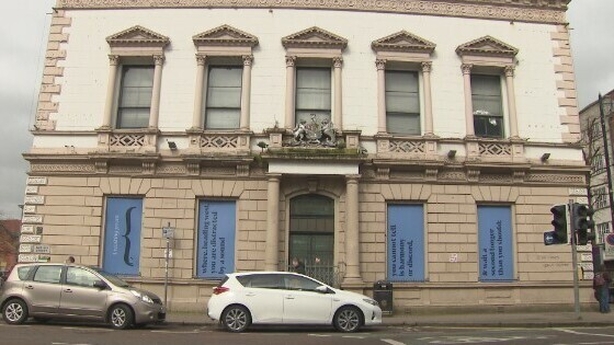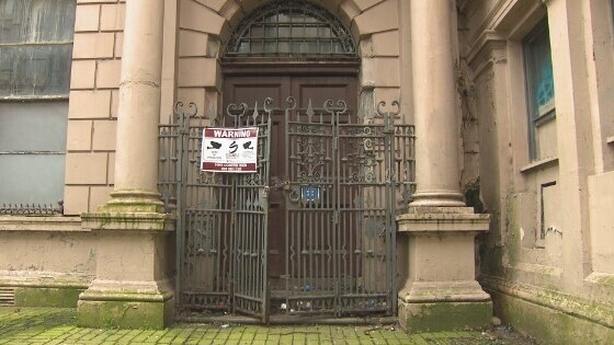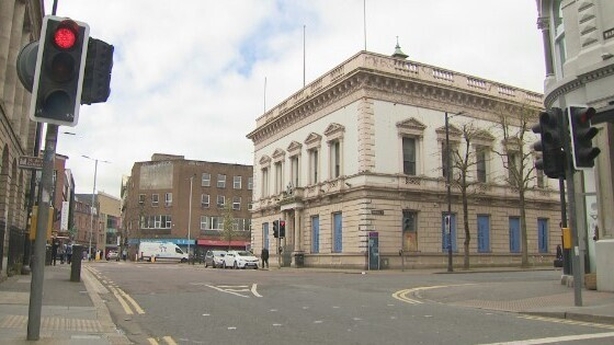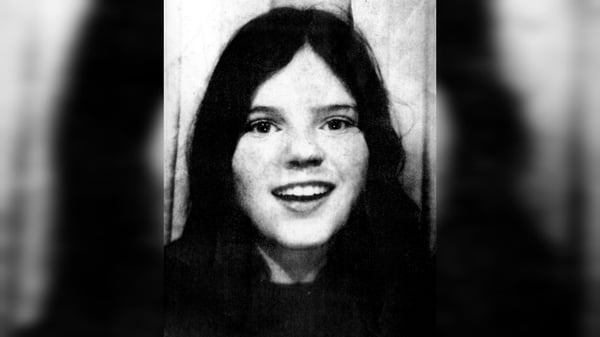There have been calls for one of Belfast's oldest buildings - with links to the United Irishmen Rebellion of 1798 - to be taken back into public ownership and protected.
Campaigners say the Assembly Rooms, which are protected, are the city's equivalent of Leinster House and are falling into disrepair.
For years they have been part of a wider development proposal, but so far, no work has started.
A frustrated Belfast City Council is now considering buying the land back.
The Assembly Rooms were erected in 1769 by Arthur Chichester the 1st Marquess of Donegall.


In 1786 a plan to develop Belfast as a slaving city was scuppered by watchmaker Thomas McCabe who vehemently opposed the idea during a meeting in the building.
In 1792 it hosted an event which proved to be crucial in the development of Irish traditional music.
A festival had been organised to revive an interest in harp music and to collect the notes of the players and to record their playing styles.
What was intended to be a revival turned out to be a farewell to the old tradition.
Eleven harpers attended, seven were blind.
The most important thing that happened at the festival was that a young man from Armagh, Edward Bunting, was employed to write down the music.
He went on to dedicate his life to collecting and preserving Irish music.
One of those campaigning to save the Assembly Rooms, John Gray, said that was a seminal event.
"The music that they played was transcribed by Edward Bunting, the organist of St George's Church just around the corner.
"And those transcriptions still form the basis of our knowledge of Irish traditional music today."

The Assembly rooms are perhaps best known for their link to one of the leaders of the 1798 Rebellion.
Henry Joy McCracken was tried in the building after his involvement in the failed uprising and was taken from them to be hanged a short distance away in what is now Belfast city centre.
Architect John Smylie said the building deserved to be protected because it was one of the few examples of Georgian architecture left in the city.
"It really is our Leinster House in terms of its historic importance, in terms of its location and it’s so important that this building is cared for and loved for those reasons."
The building is part of a 12-acre parcel of land which was bought by developers who plan to build office blocks and apartments on it.
Current owners Castlebrooke Investments said they were aware of the historic significance of the building and had worked to protect it.
"For the last five years, we have also engaged regularly with Belfast City Council about a potential civic use for the building which we remain open to, if suitable commercial terms can be agreed," it said in a statement.
Belfast City Council has been frustrated at the lack of progress on the site.
Earlier this year a council committee recommended that consideration be given to buying back the entire 12-acre site.
A council spokesperson said it was continuing to consider the possibility of either purchasing or vesting the land.
"A report on options will be brought before elected members for consideration in due course, along with an update report on the potential to purchase the Assembly Rooms."





